There are numerous vegetables that thrive in shaded areas and are incredibly easy to grow at home. Today, we will be sharing with you the top 20 types of vegetables that prefer shade and require minimal sunlight.
1. Broccoli
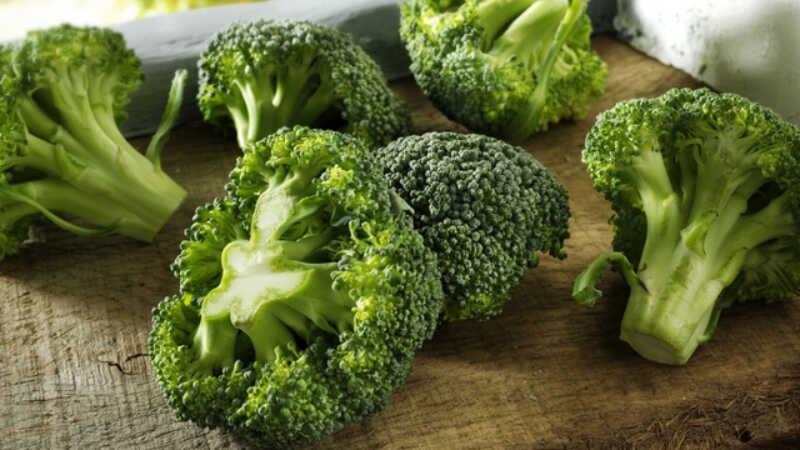 Broccoli
Broccoli
Also known as green broccoli, this vegetable belongs to the cabbage family and has large flowers. Broccoli prefers cooler temperatures and is widely popular as it is easy to eat and packed with nutrients. Additionally, broccoli has cancer-preventive properties.
2. Lettuce
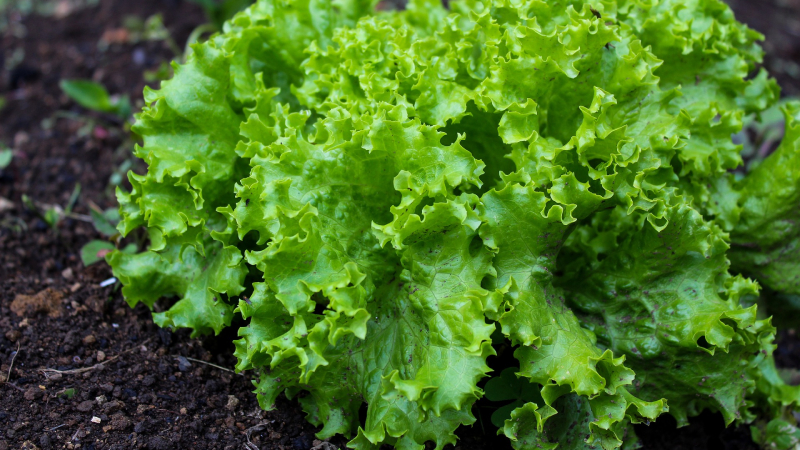 Lettuce
Lettuce
Lettuce is extremely easy to grow, making it ideal for families with small garden spaces. This vegetable thrives in shaded areas and does not require much sunlight to grow. It can be eaten raw, such as in spring rolls.
3. Peas
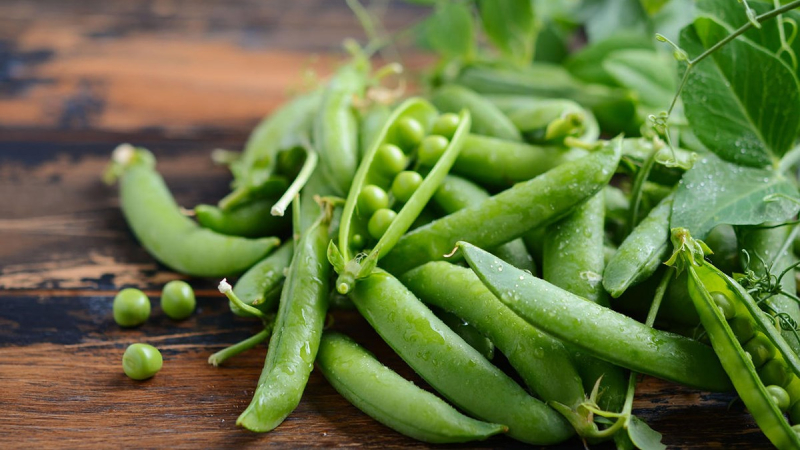 Peas
Peas
Peas are well-suited for shaded areas and can be prepared in various ways, such as stir-frying or boiling. They are a great source of nutrients and have cancer-preventive properties, as well as cardiovascular benefits.
4. Basella Alba
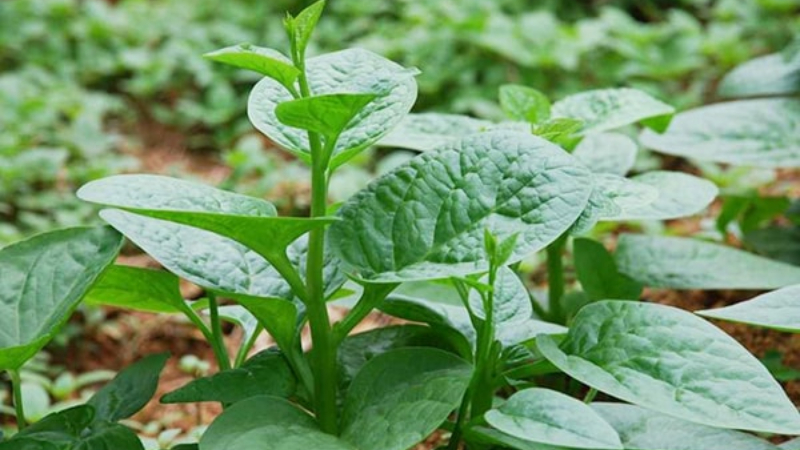 Basella Alba
Basella Alba
Belonging to the vine family, Basella Alba is easy to grow and care for. This vegetable grows rapidly in cool, shaded environments and is an excellent source of vitamins.
5. Piper Sarmentosum
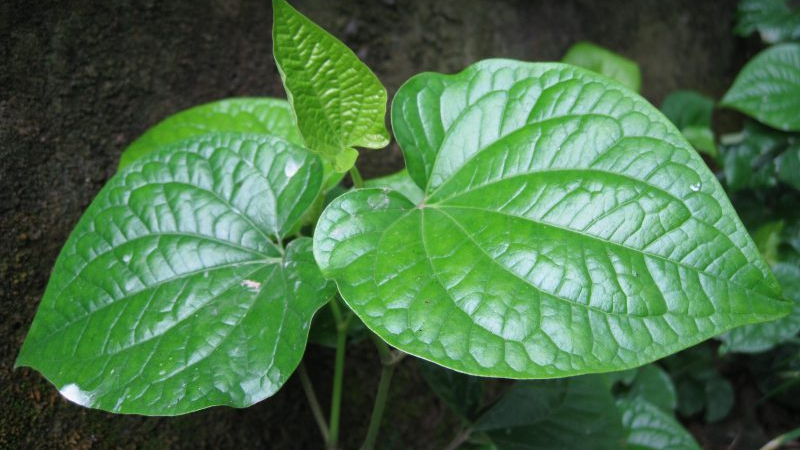 Piper Sarmentosum
Piper Sarmentosum
Belonging to the pepper family, Piper Sarmentosum is used in various dishes such as soups and stir-fries. This plant thrives in shaded, cool environments. You can easily identify if the plant is growing well by observing the color and size of its leaves.
If the leaves are a deep green color and large, it indicates healthy growth. On the other hand, if the leaves are pale green or smaller in size, it suggests that the plant is facing issues. Healthy leaves also have medicinal properties and can help alleviate joint pain and muscle aches.
6. Perilla
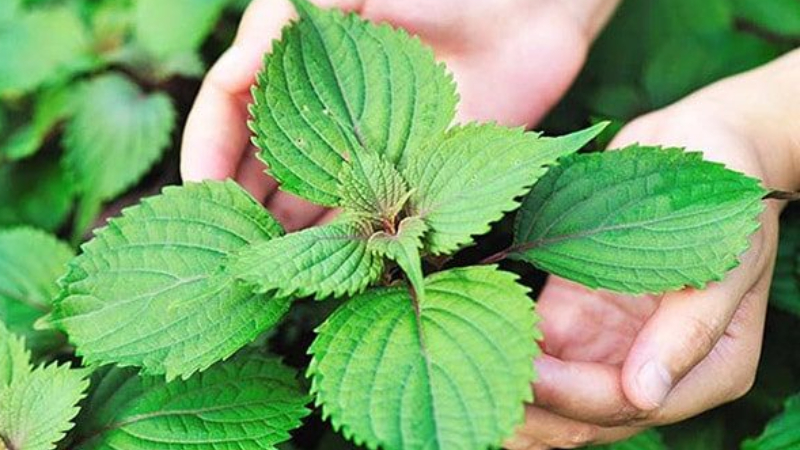 Perilla
Perilla
Perilla leaves can be eaten raw and are commonly used as a flavor enhancer in dishes. They also have medicinal properties and can help with ailments such as aches, pains, and the common cold. Simply sow the seeds or propagate the older stems in shaded areas, and the plant will grow on its own.
7. Chinese Chives
 Chinese Chives
Chinese Chives
Chinese Chives, also known as garlic chives, have a flavor that resembles a mix of garlic and onion. This vegetable grows well in various environments and has medicinal properties, including detoxification and itch relief.
8. Rainbow Chard
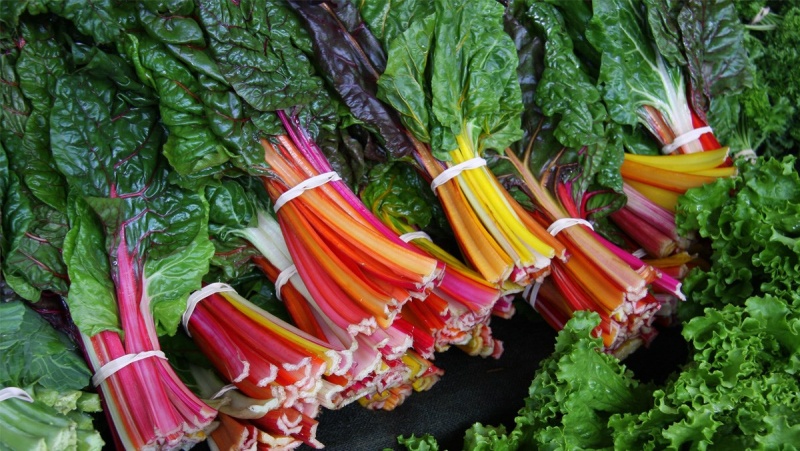 Rainbow Chard
Rainbow Chard
Rainbow Chard, originating from Western countries, prefers less sunlight. While the leaves are green, the stems come in a variety of eye-catching colors. This vegetable can be prepared in multiple ways, including stir-frying and boiling.
9. Kale
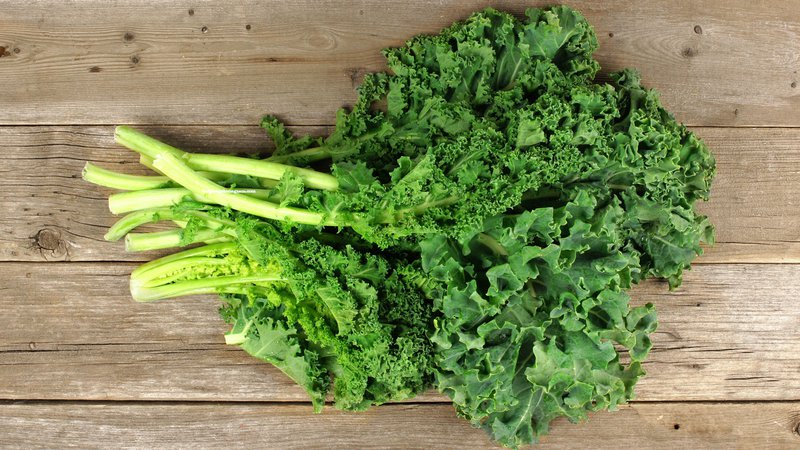 Kale
Kale
Kale thrives in cool, shaded environments and has a sweet, soft texture that makes it easy to eat. While it can grow in sunny areas, the taste may become bitter and the texture tougher.
10. Spinach
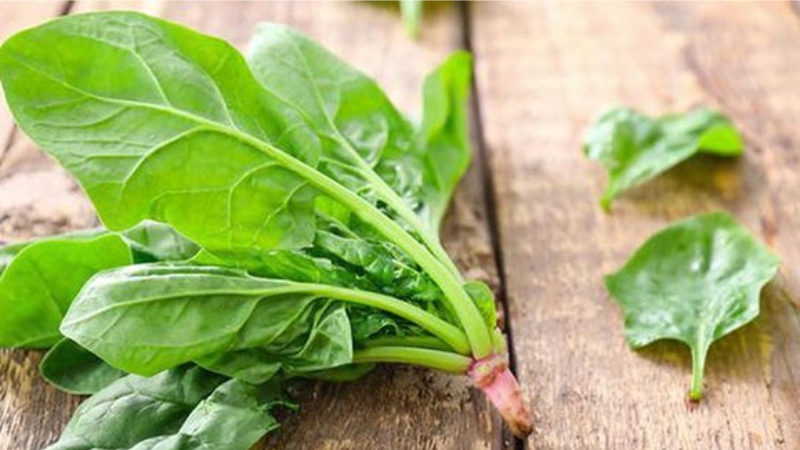 Spinach
Spinach
Spinach, also known as spinach beet or sea spinach, is a member of the amaranth family and is highly beneficial for health. It can help improve eyesight, lower blood pressure, and prevent asthma, among other things. Spinach prefers shade and is easy to grow and care for.
11. Baby Bok Choy
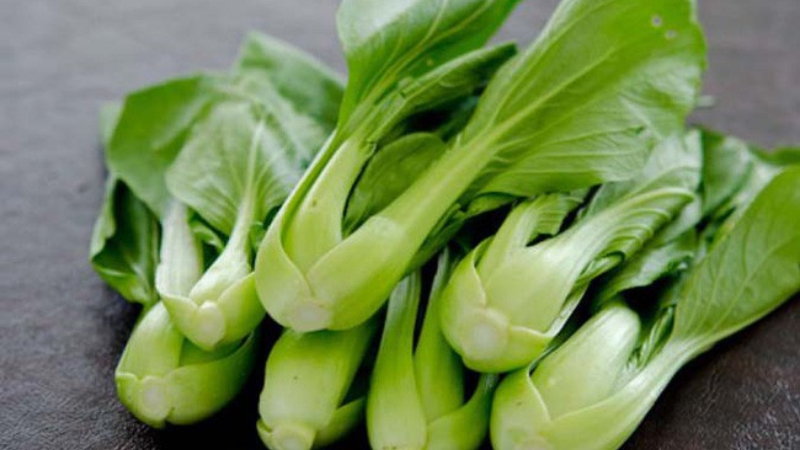 Baby Bok Choy
Baby Bok Choy
Baby Bok Choy, also known as spoon cabbage or white cabbage, is a relative of napa cabbage and Chinese cabbage. It grows well in shaded areas with minimal sunlight and can be prepared in various ways, including soups, stir-fries, and boiling.
12. Cauliflower
 Cauliflower
Cauliflower
Similar to broccoli, cauliflower prefers a cool, shaded environment with minimal sunlight. Excessive sunlight can hinder its growth and affect its flavor. Cauliflower can be prepared in numerous ways, but it is recommended to soak it in a mild salt water solution for 5-10 minutes to remove any potential insects.
13. Cabbage
 Cabbage
Cabbage
Cabbage thrives in cool, shaded areas and has a sweeter, more pleasant flavor when grown in these conditions. It is a good source of dietary fiber and other nutrients such as vitamins and minerals.
14. Water Spinach
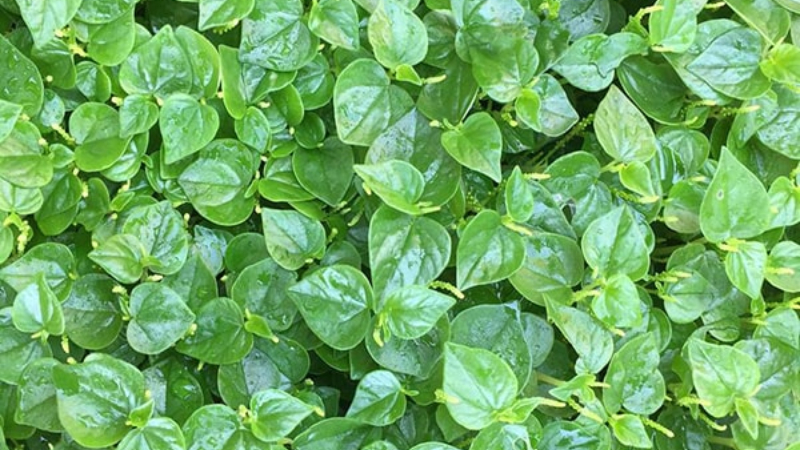 Water Spinach
Water Spinach
Water spinach is a wild vegetable that is delicious and adapts well to damp, shaded environments, growing rapidly and vigorously. It can be prepared in various ways, but it is particularly tasty in salads, where you can fully appreciate its crisp, sweet flavor.
15. Cowpea
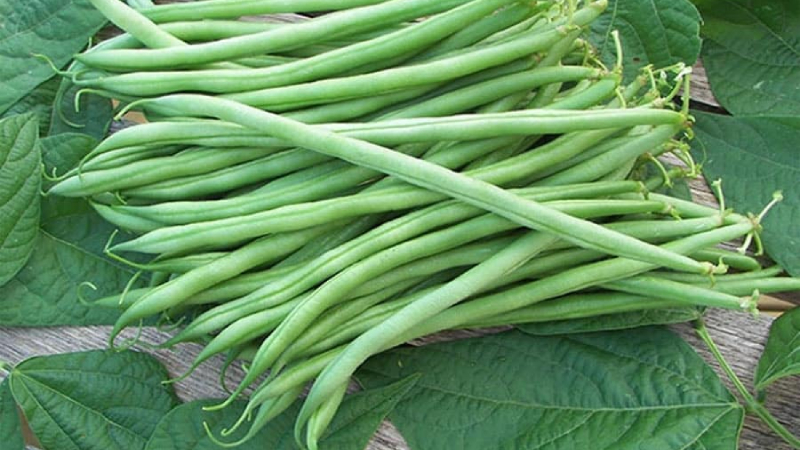 Cowpea
Cowpea
Also known as the black-eyed pea, the cowpea originates from Central America and comes in various colors, including yellow, light green, and purple. Like peas and beans, cowpeas prefer shaded areas and cooler temperatures.
16. Yardlong Beans
 Yardlong Beans
Yardlong Beans
Yardlong beans, also known as long beans, require minimal care and prefer shaded areas. They can be prepared in various ways, such as stir-frying with meat or boiling and dipping in fermented bean paste.
17. Mushrooms
 Mushrooms
Mushrooms
Most mushrooms thrive in shaded, cool, and well-ventilated areas with minimal direct sunlight. They are nutrient-dense, rich in fiber, and low in fat and calories, making them ideal for weight loss.
18. Mint
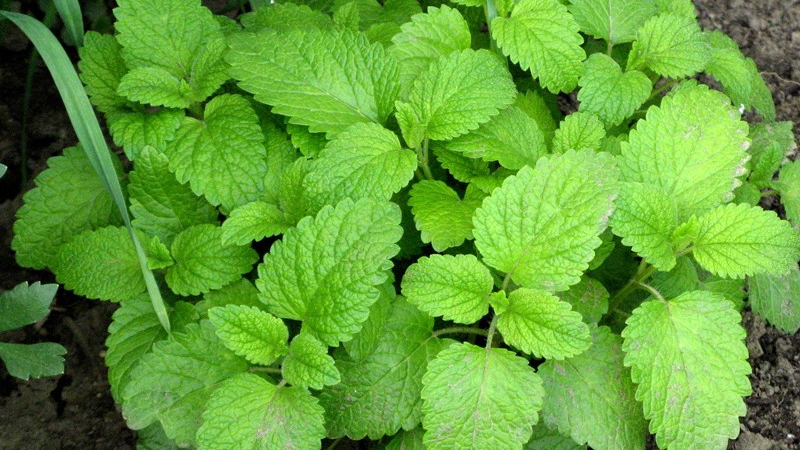 Mint
Mint
Mint is a herb that adapts well to shaded, cool environments and is easy to grow. It can be eaten raw or used to garnish drinks such as orange juice or lemonade. Simply plant the older stems in moist soil, and the mint will take root and grow on its own.
19. Parsley
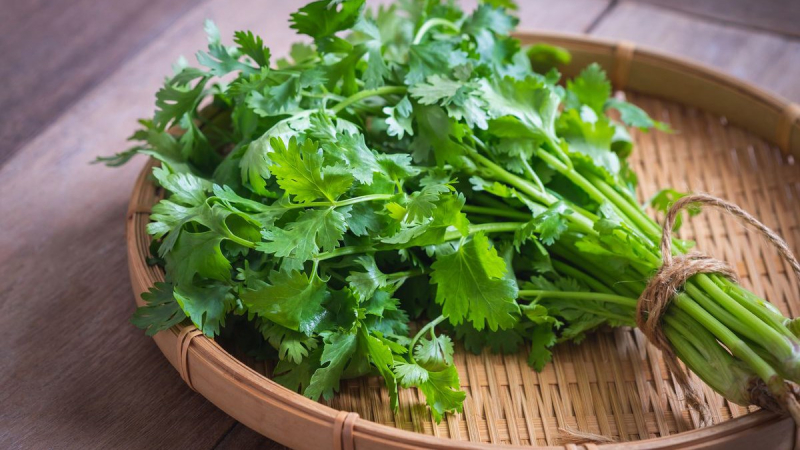 Parsley
Parsley
Parsley grows well in damp, shaded areas. Simply plant it under large trees in your garden and water it regularly, and you will have a steady supply of parsley.
20. Centella Asiatica
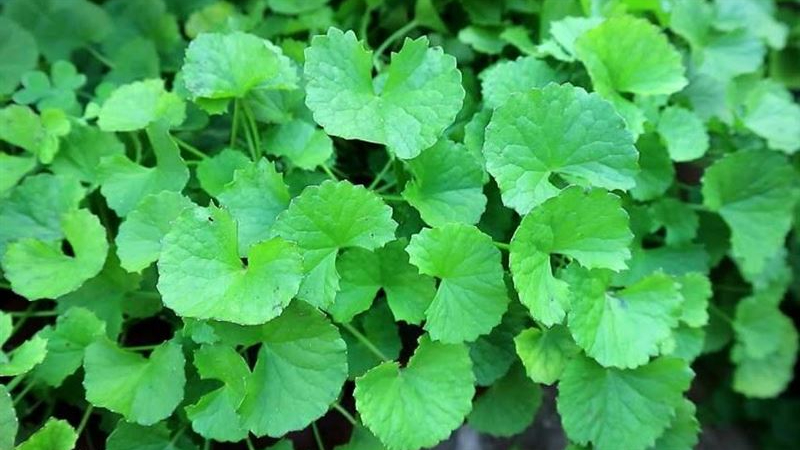 Centella Asiatica
Centella Asiatica
Centella Asiatica can be grown year-round and does not require much soil but needs ample water. It prefers damp and cool conditions. When planting, choose light, sandy soil that is rich in nutrients to ensure optimal growth. Centella Asiatica can be used in salads or cooked, and it is a great source of nutrients and vitamins.
We hope that this list of 20 vegetables that thrive in shaded areas and require minimal sunlight has inspired you to add some new varieties to your home garden!
What Vegetables to Grow in Your Home Garden in December for a Bountiful Harvest
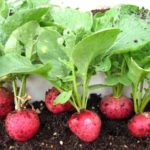 Vegetables to Grow in Your Home Garden in December for a Bountiful Harvest’>
Vegetables to Grow in Your Home Garden in December for a Bountiful Harvest’>If you’re yet to decide on what to plant for the year-end, then let’s explore the types of vegetables you can grow in your garden during December!






























